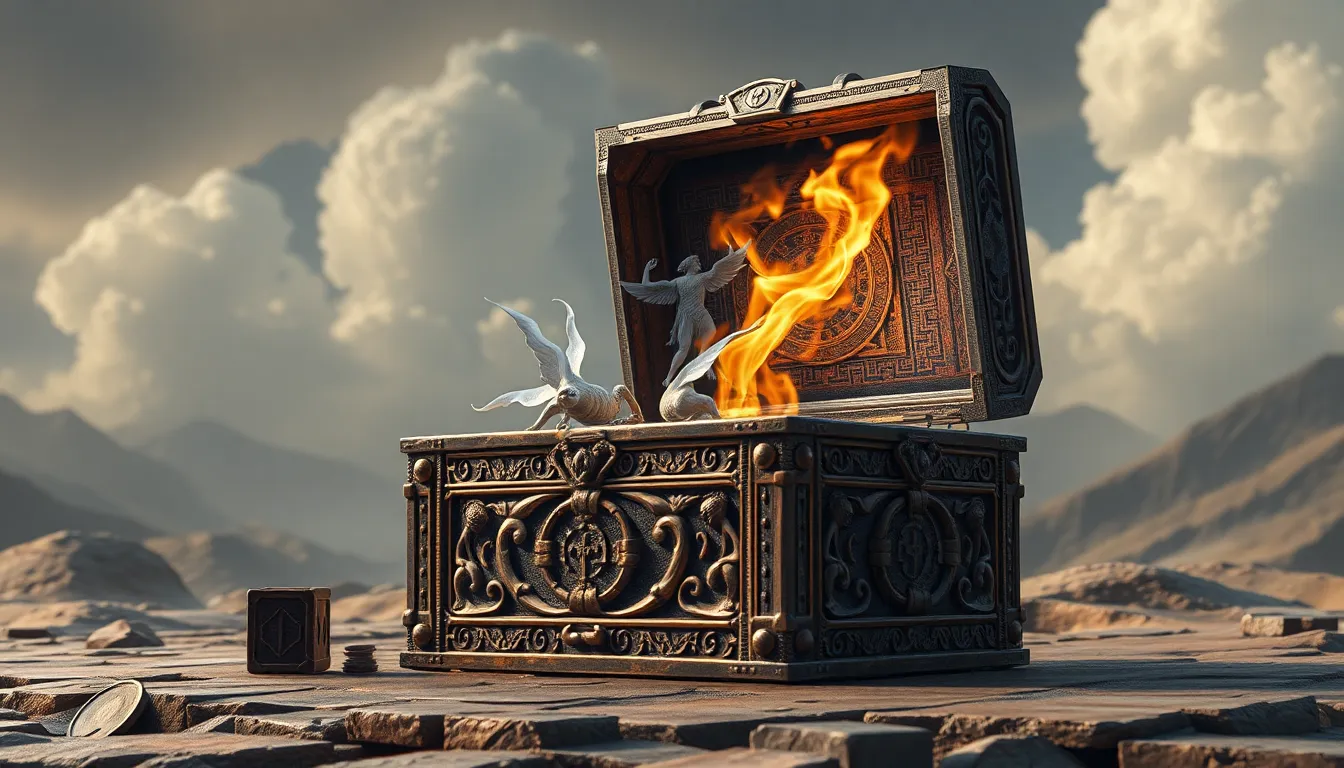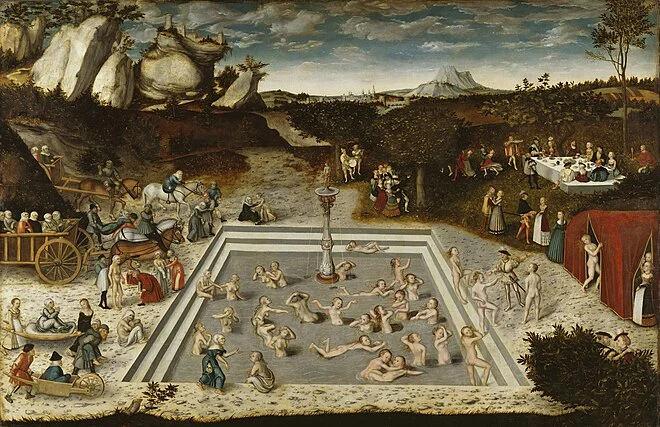Lost, found, and stolen again, this treasure, worth $22 billion, has almost vanished into thin air several times over. Yamashita looted gold, jewels, and artifacts from 12 countries in East and South-East Asia
Yamashita’s gold, also referred to as the Yamashita treasure, is the name given to the alleged war loot stolen in Southeast Asia by Imperial Japanese forces during World War II and supposedly hidden in caves, tunnels, or underground complexes in different cities in the Philippines. It was named after the Japanese general Tomoyuki Yamashita, dubbed as “The Tiger of Malaya”, who conquered Malaya within 70 days from the British. Though there are accounts that claim the treasure remains hidden in the Philippines and have lured treasure hunters from around the world for over 50 years, its existence has been dismissed by most experts. The rumored treasure was the subject of a complex lawsuit that was filed in a Hawaiian state court in 1988 involving a Filipino treasure hunter, Rogelio Roxas, and the former Philippine president, Ferdinand Marcos.
Looting of gold
Prominent among those who have argued for the existence of Yamashita’s gold are Sterling Seagrave and his wife Peggy Seagrave, who wrote two books related to the subject: The Yamato Dynasty: The Secret History of Japan’s Imperial Family (2000) and Gold Warriors: America’s Secret Recovery of Yamashita’s Gold (2003). The Seagraves contend that looting, including more than 6000 tonnes of gold, was organized on a massive scale, by both yakuza gangsters such as Yoshio Kodama, and the highest levels of Japanese society, including Emperor Hirohito. The Japanese government intended that loot from Southeast Asia would finance Japan’s war effort. The Seagraves allege that Hirohito appointed his brother, Prince Yasuhito Chichibu, to head a secret organization named Kin no yuri (金の百合, “Golden Lily”), after a poem that the Emperor Hirohito had written. It is purported that many of those who knew the locations of the loot were killed during the war, or later tried by the Allies for war crimes and executed or incarcerated. Yamashita himself was convicted of war crimes and executed by the United States Army on February 23, 1946, in Los Baños, Laguna, the Philippines.
According to the Seagraves, numerous Golden Lily vaults were found by Edward Lansdale and Severino Garcia Diaz Santa Romana in caves north of Manila in the high valleys, which was named after Major General William Marquat, was established from Santa Romana and Lansdale’s work. Sterling Seagrave alleged that Santa Romana (Santy) tortured Yamashita’s driver Major Kojima Kashii to obtain the probable locations of the loot.[citation needed] The Seagraves wrote that Lansdale flew to Tokyo and briefed MacArthur and his Chief of Intelligence Charles Willoughby, later flew to the United States to brief Clark Clifford and returned with Robert Anderson to inspect several caves in Philippines with Douglas MacArthur. More than 170 tunnels and caves were found. Ray Cline believes that both Robert Anderson and Paul Helliwell created 176 “black gold” banking accounts in 42 countries after moving the loot by ship to support future United States operations.[citation needed]
The stolen property reportedly included many different kinds of valuables looted from banks, depositories, other commercial premises, museums, private homes, and religious buildings. It takes its name from General Tomoyuki Yamashita, who assumed command of the Japanese forces in the Philippines in 1944.
According to various accounts, the loot was initially concentrated in Singapore, and later transported to the Philippines. The Japanese hoped to ship the treasure from the Philippines to the Japanese Home Islands after the war ended. As the War in the Pacific progressed, United States Navy submarines and Allied warplanes inflicted increasingly heavy sinkings of Japanese merchant shipping. Some of the ships carrying the war booty back to Japan were sunk in combat.
The Seagraves and a few others have claimed that American military intelligence operatives located much of the loot; they colluded with Hirohito and other senior Japanese figures to conceal its existence, and they used it as “Black Gold” to finance American covert intelligence operations around the world during the Cold War. These rumors have inspired many hopeful treasure hunters, but most experts and Filipino historians say there is no credible evidence behind these claims.
In 1992, Imelda Marcos claimed without evidence that Yamashita’s gold accounted for the bulk of the wealth of her husband, Ferdinand Marcos.
Many individuals and consortia, both Philippine and foreign, continue to search for treasure sites. A number of accidental deaths, injuries and financial losses incurred by treasure hunters have been reported. The National Museum of the Philippines is responsible for the issuance of treasure hunting permits and licenses.




